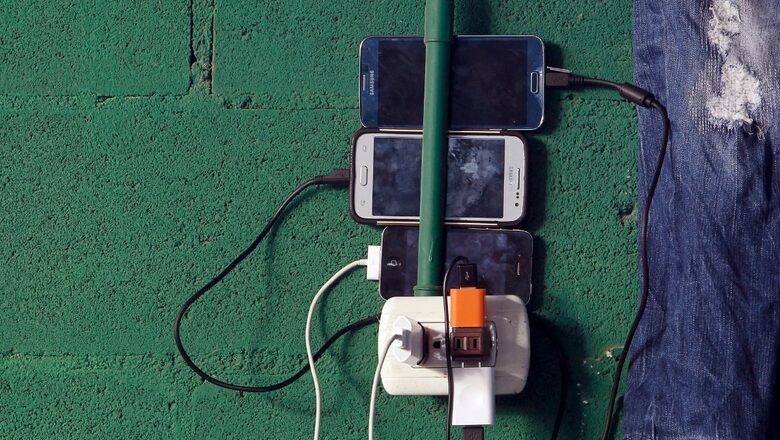
views
Nine out of 10 consumers have supported the central government’s move to standardise charging cables for smartphones and tablets, like the European Union, as they feel this will help drive prices lower and make branded charging cables more affordable. A survey showed that seven out of 10 people also feel that different chargers for different devices enable companies to sell more accessories.
India is likely to soon adopt recommendations of a consumer affairs committee on common charging ports – similar to the European Union – by June 2025. The recommendations have been forwarded to the ministry of electronics and information technology, which is likely to notify the framework soon as per reports. Three months after the EU, the consumer affairs ministry had announced that mobile device makers and technology companies in India will have to adopt USB Type-C as the standard charging port for their products by March 2025.
To understand consumer feedback on this, social media community platform LocalCircles conducted a national survey asking consumers why they think that smartphone and tablet makers have different charging cables for different devices. The survey also attempted to understand if there is a need for the government to introduce uniformity in charging cables.
A majority of the consumers feel that makers of smartphones and gadgets have different charging cables to maximise sale of accessories and due to lack of government standards. The survey asked household consumers why they thought smartphones and tablet makers had different charging cables for different devices. At least 32 percent of them said this was done to “maximise sales of accessories”, 6 percent said “consumer convenience and standards thinking is missing”, 13 percent said it was due to “lack of government standards” while 38 percent think all of these reasons contributed.
The survey also asked household consumers how these cables should be standardised. A majority – 78 percent – said all smartphones and tablets should have the same USB charging cable regardless of the company. Only 6 percent of consumers felt that the current system was fine, where different devices have different charging cables.
At least 91 percent of the consumers surveyed support the government move to standardise chargers for different devices. This shows that a majority of Indian consumers are unhappy that there are different charging cables for different devices like smartphones and tablets, and believe that brands do this to increase sales of accessories.
A majority of consumers also end up buying generic charging cables as the branded ones are priced high. While some of these cables perform well, there are also counterfeit ones rampantly available in markets and online, and are dangerous to use. The media has time and again reported how fake chargers explode or light up. Many of them, over time, cause damage to the mobile device as well.
What do the EU objectives say?
With the objective to reduce the number of chargers per household, so as to minimise the amount of e-waste generated, the EU has directed that all smartphones, including iPhones, sold in member states should come with a common USB Type C charger from December 28, 2024. Laptop makers have been given time till 2026 to comply.
While over 98 percent Android smartphones use USB Type C as a charging port, iPhones rely on proprietary lightning ports. Type C is a cable and port standard set by the USB Implementers Forum, a global nonprofit organisation, created to promote and maintain specifications of the universal serial bus.


















Comments
0 comment